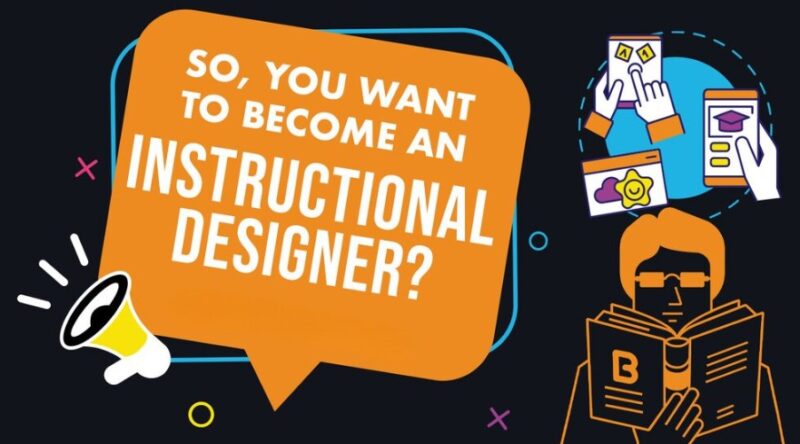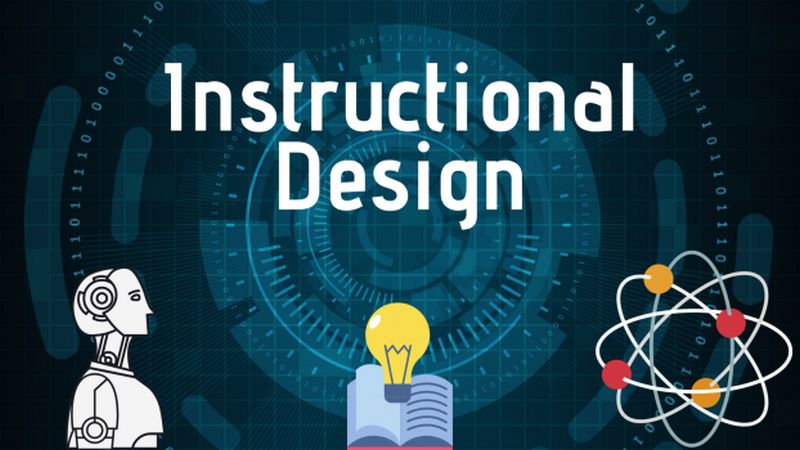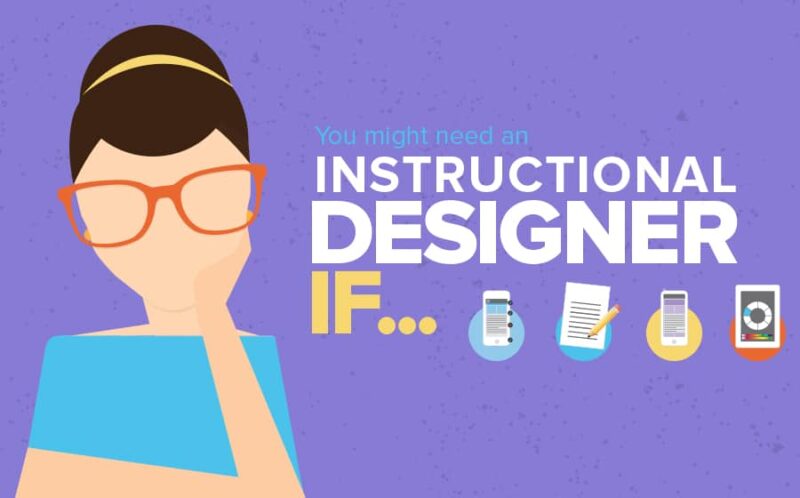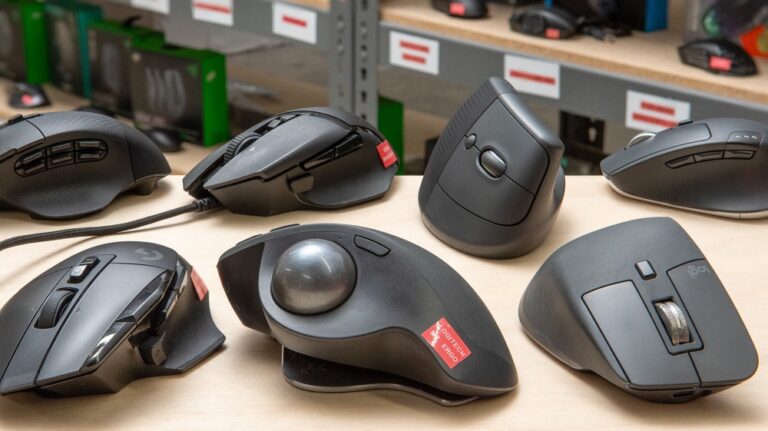Have you ever tried to find really great instructional designers? It can feel a lot like trying to find that one lost sock in the laundry – you just know it’s gonna be almost impossible!
But I’m here to tell you, it doesn’t always have to be so hard. I’ll let you in on a little secret that could help – the best designers aren’t just going to magically appear for you. You’ve got to know where they like to spend their time, and what’s really important to them, if you want to track one down.
Don’t feel bad if it seems too tricky – we’ve all been there. But take it from me, there are some simple things you can do that’ll make a big difference. Stick with me, and I’ll explain what to look for so you can find someone amazing to help you take your skills to a new level. Sound good? Then, let’s get started!
Why You Need a Good Instructional Designer

Before we get into the nitty-gritty, let’s address why you need a good instructional designer in the first place.
Simply put, a great instructional designer transforms boring training into engaging learning experiences that actually stick. If your training sessions put people to sleep, you’re in desperate need of a shake-up.
A skilled instructional designer is indispensable for creating effective and engaging learning experiences, ensuring your training sessions are anything but dull.
By expertly developing curriculums, selecting appropriate materials, and leveraging innovative technologies, they bridge the gap between complex concepts and practical understanding.
To see a comprehensive hiring guide that covers top sites, interview tips, and essential skills for finding the right instructional designer, click here.
Key Traits of Top-Tier Instructional Designers

1. Creativity and Innovation
The best instructional designers don’t just follow the beaten path. They create new ones. Look for someone who can think outside the box and isn’t afraid to push boundaries. They should be able to turn mundane topics into something interactive and fun.
2. Strong Communication Skills
A great instructional designer is like a bridge between the subject matter experts and the learners. If they can’t communicate effectively with both sides, you’re in trouble. Clear, concise communication is a must.
3. Tech-Savviness
In today’s digital age, an instructional designer who isn’t comfortable with technology is like a fish out of water. They should be proficient with the latest e-learning tools, platforms, and software. If they can’t navigate an LMS, keep looking.
4. Analytical Mindset
Data isn’t just for the IT department. A good instructional designer should be able to analyze learning outcomes and tweak their strategies accordingly. If they can’t tell if their training is effective, they’re not doing their job.
Where to Find Top-Tier Instructional Designers
Professional Networks and Associations
Have you been using LinkedIn just to keep track of your time at work like me? I’ll admit, for the longest time that’s all I used it for too. But let me tell you, I recently learned there’s a lot more LinkedIn can offer besides a not-so-subtle reminder to management about your work anniversary coming up.
Turns out this platform is also a great place to connect with others in your field and industry. Now, I know the site can have a lot of big words and self-important profiles, so it’s easy to miss what’s really there.
But I decided to take a closer look at some of the groups recently. And would you believe under all the long-winded posts about “flexible schedules” and “team environments”, I found there are actually some very talented people hanging out in places like the instructional design, e-learning, and corporate training groups?
It was cool to see professionals in those fields sharing their experiences, helping each other out with challenges, and discussing the latest tools and strategies.
Job Boards and Online Marketplaces
Websites like Indeed, Glassdoor, and even Upwork can be surprisingly fruitful. Filter out the fluff and zero in on those with a solid track record.
Conferences and Webinars
Yes, you’ll have to mingle, but conferences and webinars are great places to meet professionals who are passionate about their field. Plus, you get to see them in action and ask all the annoying questions you want.
Referrals
Don’t underestimate the power of a good referral. Ask colleagues, friends, and industry contacts if they know any rockstar instructional designers. Word of mouth is still one of the best ways to find top talent.
Tips and Tricks For the Hiring Process
Craft a Compelling Job Description
First impressions matter. Your job description should be clear, concise, and highlight exactly what you’re looking for. Don’t just list responsibilities; talk about the impact they’ll have.
Screen Resumes with a Fine-Tooth Comb
Pay attention to their experience and the kind of projects they’ve worked on. Look for variety and innovation. If their resume reads like a snooze-fest, their training probably will too.
Conduct Thorough Interviews
Ask about their process, tools they use, and how they handle feedback. Scenario-based questions can be particularly revealing. Get them to talk about challenges they’ve faced and how they overcame them.
Assess Their Portfolio
A picture is worth a thousand words, and a portfolio is worth even more. Look at their previous work to gauge their creativity, tech skills, and ability to engage learners. If they don’t have a portfolio, that’s a red flag.
Test Their Skills
Consider giving them a small project to see how they perform. It doesn’t have to be a week-long ordeal, but a quick task can reveal a lot about their practical skills and how they handle deadlines.
Red Flags & What to Avoid

Lack of Portfolio
As mentioned earlier, if they can’t show you their work, move on. A good instructional designer should have a robust portfolio showcasing a range of projects.
Poor Communication Skills
If they can’t clearly explain their process during the interview, that’s a bad sign. They need to be able to articulate their ideas to both you and your learners.
Outdated Skills
The field of instructional design is always evolving. If they’re still stuck in the era of PowerPoint lectures, they’re not going to cut it. Look for someone who’s up-to-date with the latest trends and technologies.
Making the Final Decision
Cultural Fit
Skills are important, but so is cultural fit. You want someone who aligns with your company’s values and can work well with your team. If they’re a lone wolf, they might not be the best fit.
Passion for Learning
Top-tier instructional designers are lifelong learners. They should be passionate about their own professional development and staying current with industry trends.
Feedback Receptiveness
Nobody’s perfect. You need someone who can handle constructive criticism and use it to improve their work. If they’re defensive or inflexible, that’s a red flag.
Final Thoughts
Finding the perfect instructor to help create your online courses isn’t easy. It takes some work to find someone with all the right skills.
Keep an eye out for creative thinkers who are great at communicating, know their way around technology, and who can analyze things well. Reach out to people in your network, check job websites, and ask folks you trust for referrals. That way you can find more candidates.
Most important – go with your gut feeling during the hiring part. If something feels funny or not quite right, listen to that voice! A top-notch instructor is worth the effort to find. They’ll help make your classes the best they can be. Don’t settle if you aren’t feeling good about someone.








